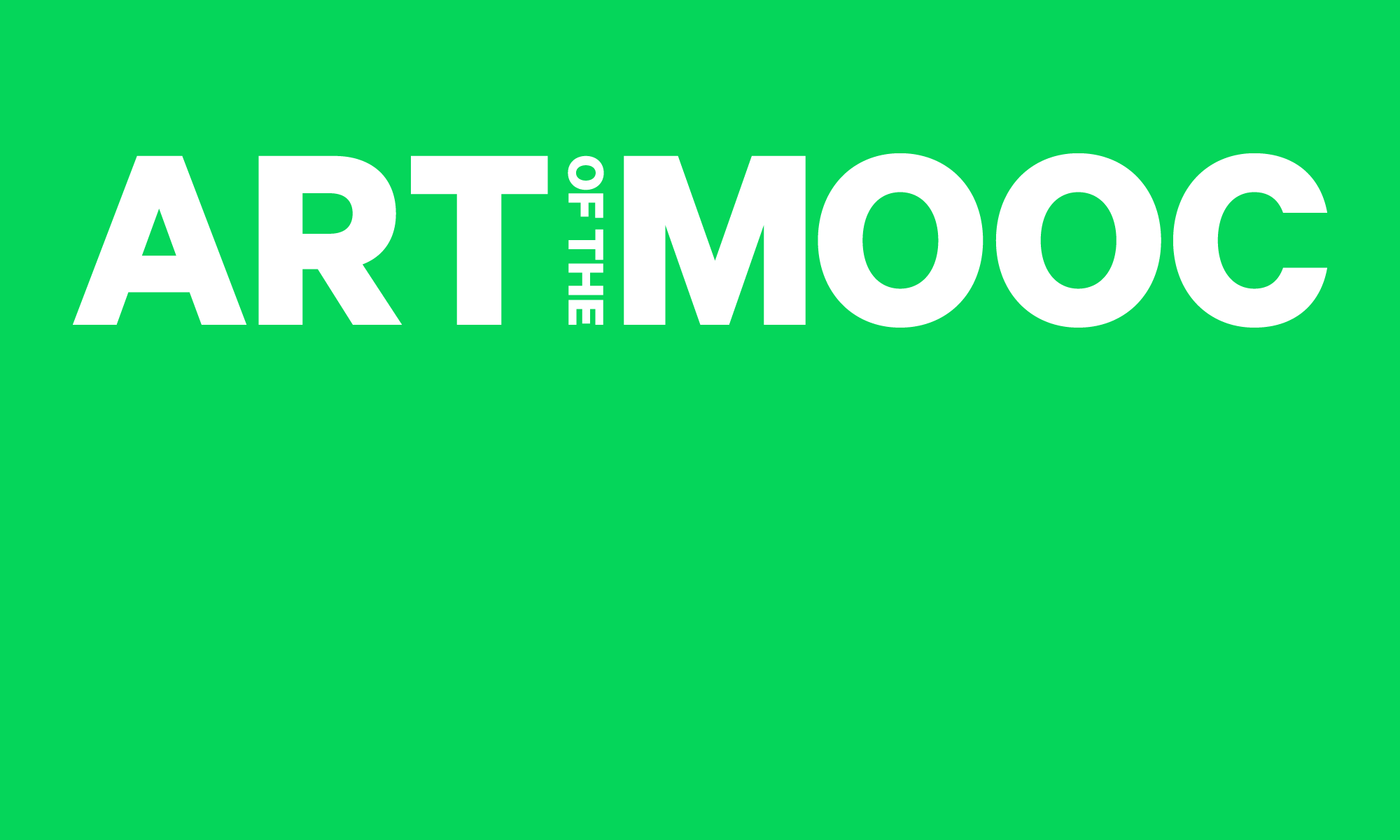“It’s Halloween season, and campy macabre aesthetic surrounds us, making the general public a little more open to the darker parts of our existence. Reflecting back on the origin of this holiday, All Hallow’s Eve and Samhain, the pagan celebration, it’s clear that death and the unseen world is the foundation. Our ancestors believed that the veil to the other side became thin or disappeared completely on this night, allowing the spirit world to comingle with the physical and living world. There are many people and cultures that still hold this belief and practice today.
In light of the season I began searching through aesthetically significant contemporary art that finds its foundations in death and dying. This is Part 1 of 2 of the scope of art about death, ranging widely in medium and other interwoven themes. Damien Hirst, Angelo Filomeno, Joel Peter Witkin, Konrad Smolenski and Doris Salcedo all embrace the subject of death and dying in a widely varied manner. As well, all are highly revered in their own right for their individual continuums of art produced over the years.
Damien Hirst is no stranger to controversy as an artist. He always delivers shock value well and does not shy away from creating work that makes viewers squirm. Materials he used to create the pieces featured here range from dead flies, to animal carcasses, formaldehyde and maggots. Hirst’s works don’t just discuss the business of birth, death and dying- they display it in action right before your eyes, in a way that some of the work nearly becomes about life itself.
Angelo Filomeno has created brilliantly beautiful, mostly tapestry based works for many years that center on a romantically macabre obsession with death. Having grown up around Italian weaving and Old World art, Filomeno found a way to stylize skeletons and gory content with saturated hued thread-work in an Old World-meets-Contemporary art manner.
Joel Peter Witkin is undoubtedly the reigning Emperor Supreme of dark art on death. I recall visiting a museum solo exhibition of Witkin’s work at the ripe age of 18 (and witnessing several museum goers who couldn’t stomach the intense images). Witkin’s work is horribly fascinating in its unabashed usage of cadavers, which are often in a state of decomposition. By using not just the human form, but actual dismembered corpses, Witkin’s work transcends all other genres in creating still life tableaus out of what is dead. Additionally, his gelatin silver print quality is astoundingly textural in its gritty and contrasted demonstration of values.
Konrad Smolenski’s work often centers around sound, pyrotechnics and performance based elements. His series The End has taken place in a number of private and public spaces. Constructed out of wood and flammable materials, the piece emitted sounds of explosion while erupting in flames and burning out completely. Its destruction signals a very literal concept to the work. However the time-based element to the piece, while circling around a phrase that is so finite, expands upon a human sense of anticipation, fear and sensory experience of existential issues. Smolenski expands fully on these themes in many of his other works.
Doris Salcedo’s series Atrabiliarios is a series of found shoes sewn with black surgical thread into drywall behind a veneer of cow bladder. When mounted for exhibition, the pieces seem to be hauntingly encased within the walls. The origin of the actual shoes in Salcedo’s work is poignant. The shoes belonged to women who disappeared in Colombia, Salcedo’s place of origin where the military has used these tactics of silent abduction to instill fear. While none of those disappeared are ever accounted for, the shoes (donated to the artist by the living family members of those who have vanished) serve as a quiet, haunting and tragic meditation on the shadow that the communities live in while enduring these losses.”
-Beautiful/Decay
for more photographs of the artworks visit the site below:
Damien Hirst And Four Other Artists Who Make Art About Death

